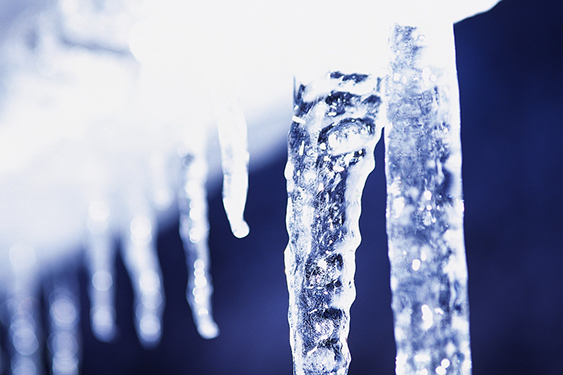 We came across this Winter home protection punch list and thought we’d pass it on to our readers. Every Winter your home faces the very same forces of nature that gradually wear down mountains. Following the actions on this quick list will slow down that erosion process when it comes to your home so that you can enjoy many years of comfort and at some point realize a higher resale value.
We came across this Winter home protection punch list and thought we’d pass it on to our readers. Every Winter your home faces the very same forces of nature that gradually wear down mountains. Following the actions on this quick list will slow down that erosion process when it comes to your home so that you can enjoy many years of comfort and at some point realize a higher resale value.Winter Home Protection Top 3:
- Watch for snow accumulation on the leeward (downwind) side of a higher-level roof, where blowing snow will collect.
- Remove snow from basement stairwells, window wells and all walls. Melting snow can lead to water damage and moisture intrusion.
- Keep your attic well ventilated to maintain a temperature close to that of the outdoors to minimize the risk of ice dams forming. A warm attic melts snow on the roof, causing water to run down and refreeze at the roof’s edge, where it’s much cooler. If ice builds up and blocks water from draining, water is forced under the roof covering and into your attic or down the inside walls of your house.
Winter Home Protection: Post-Storm Action Items
Water intrusion and flood damage from melting snow and ice can threaten homes and businesses, but you can take these steps to help minimize the potential damage.
Immediately after the threat of physical danger has passed:
- Make sure the building is structurally safe to enter or reoccupy.
- Turn off electrical power. Do not use electricity until it is safe to do so.
- Ensure that natural gas sources are safely secured.
- Secure the exterior to prevent further water intrusion. This can include boarding up broken windows, making temporary roof repairs, sealing cracks or tacking down plastic sheeting against open gaps in walls or roofs.
Winter Home Protection: Storm Clean-up
When it’s safe to begin cleanup:
- Disconnect all electronics/electrical equipment and move it to a safe, dry location.
- Remove as much standing water as possible from inside the building.
- Begin to remove water-damaged materials immediately.
- Ventilate the home as best you can with fans and/or dehumidifiers.
- Contact a water extraction company, if necessary, for assistance.
By taking immediate action, you will reduce the amount of damage and increase the chance of salvaging usable materials. You’ll also reduce the amount of rust, rot, mold and mildew that may develop, and lower the likelihood that the water will lead to structural problems.
Winter Home Protection: Reducing Ice Dam Risk
Ice dams are an accumulation of ice at the lower edge of a sloped roof. When interior heat melts the snow, water can run down and refreeze at the roof’s edge, where it’s much cooler. If the ice builds up and blocks water from draining off the roof, water is forced under the roof covering and into your attic or down the inside walls of your house.
To help reduce the risk of ice dams:
- Make sure your gutters are clear of leaves and debris.
- Keep the attic well ventilated so snow doesn’t melt and refreeze on the roof’s edge.
- Make sure the attic floor is well insulated to minimize the amount of heat rising through the attic from within the house.
Winter Home Protection: Frozen Pipes
Bursting pipes occur when frozen water causes a pressure buildup between the ice blockage and the closed faucet. Pipes in attics, crawl spaces and outside walls are particularly vulnerable to extreme cold. To keep water in your pipes from freezing:
- Fit exposed pipes with insulation sleeves or wrapping to slow heat transfer.
- Seal cracks and holes in outside walls and foundations near water pipes with caulking.
- Keep cabinet doors open to allow warm air to circulate around pipes.
- Keep a slow trickle of water flowing through faucets connected to pipes that run through an unheated or unprotected space.
Source: Institute for Business and Home Safety. IBHS is a national nonprofit initiative of the insurance industry to reduce deaths, injuries, property damage, economic losses and human suffering caused by natural disasters.
At ApolloX Pest Control, while we’re inspecting for pests we regularly watch for the Winter home protection issues from the above list, and notify the home owner where action is needed.
Call ApolloX Pest Control
(888) 499-7378
Credits: Winter Weather Home Protection Tips – Storm Master Inc.












Recent Comments